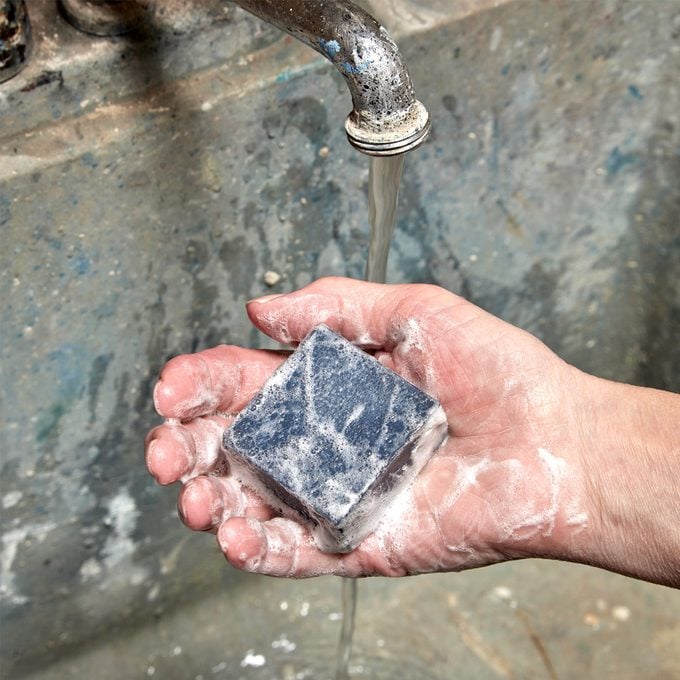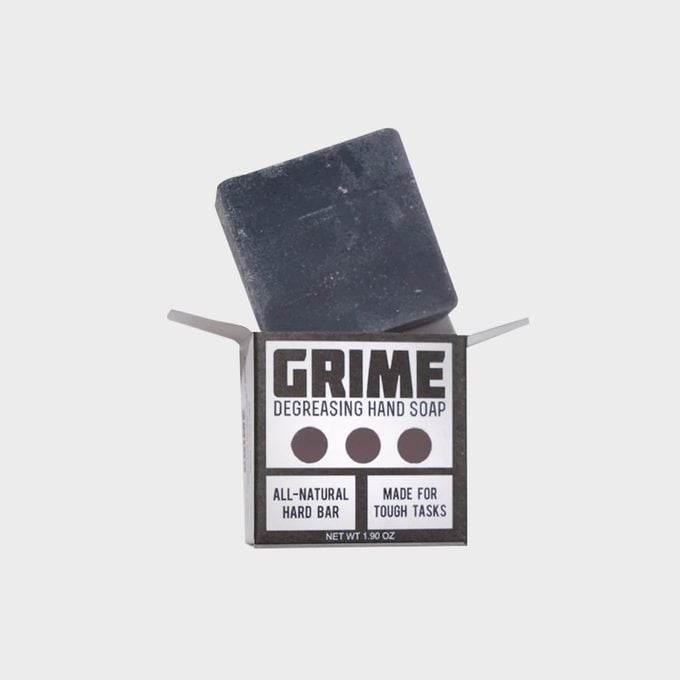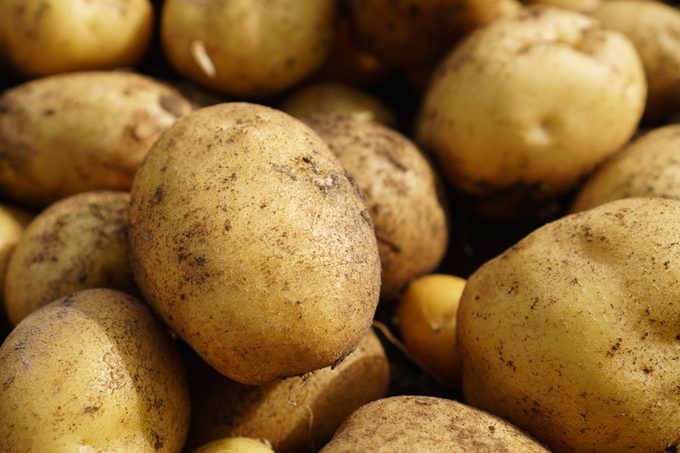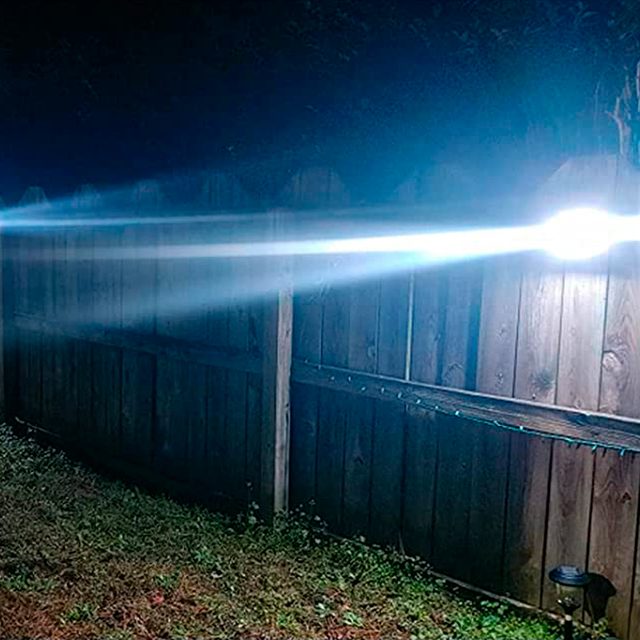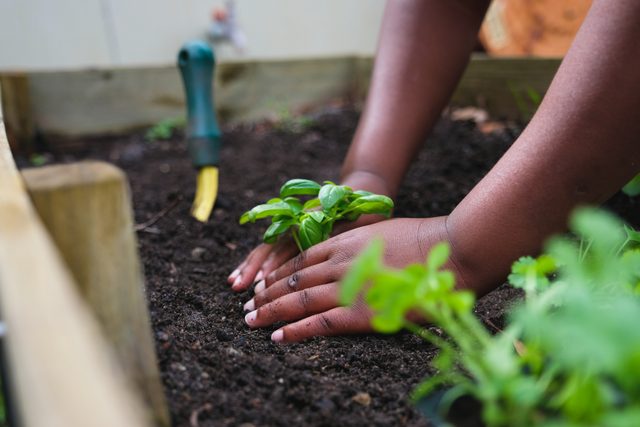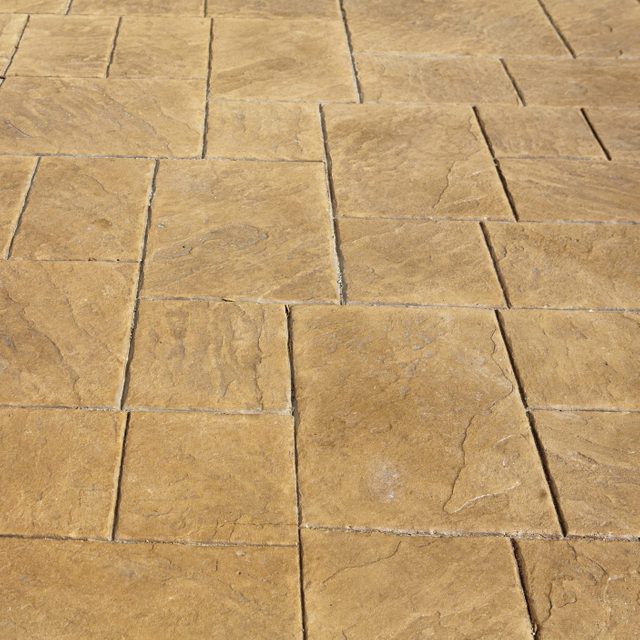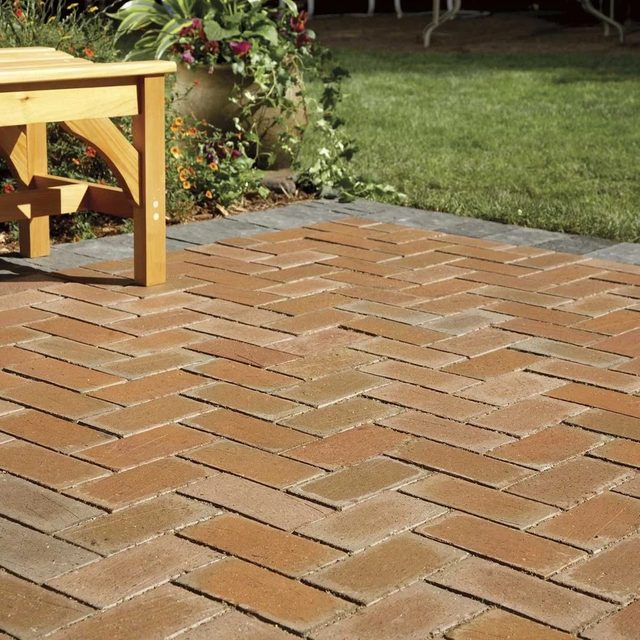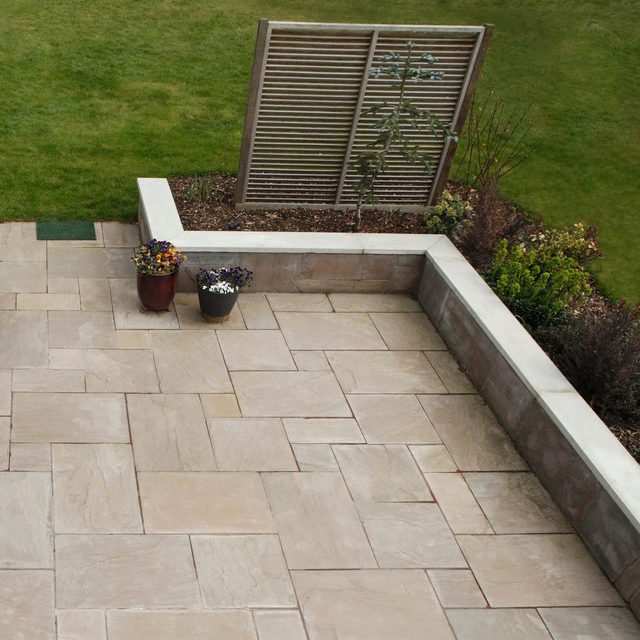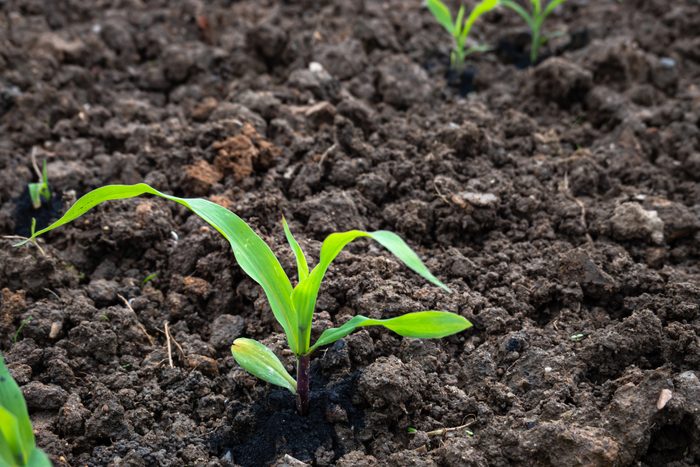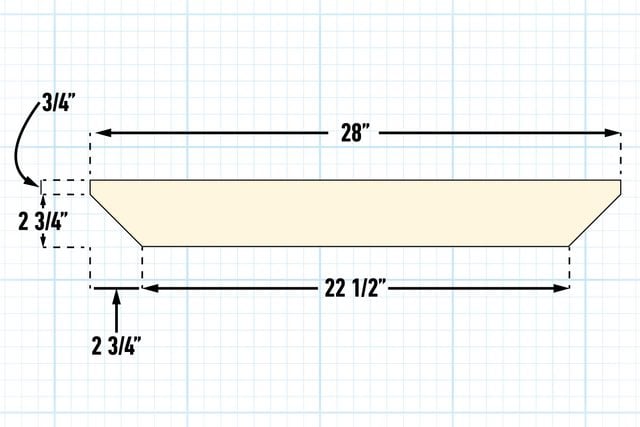I’ve had some of the best compost bins over the years. As someone who’s passionate about composting leaves, garden waste and kitchen scraps, one thing I haven’t quite mastered is aeration. All that organic material gets really heavy and can be a total chore to routinely aerate.
That’s why I decided to give Amazon’s bestselling composter a whirl to see if the tumbler-style container would make the job easier. The Vivosun compost bin really impressed me, and I don’t think I’ll ever go back to my old composting ways.
What Is the Vivosun Compost Bin?
The Vivosun is a double-chambered device for batch-style composting that significantly benefits your garden. One side cooks materials, while the other begins the composting process by breaking down fresh organic material. The result is easier, uninterrupted composting that can be used several times each season.
This is a big upgrade from DIY-style composters, because cold and temperate climates can typically only “harvest” their compost once or twice a year. Of course, you can still build a compost bin yourself. But if you have a large garden or frequent composting needs, this two-chambered beauty is a total win.
While the double-chambered design is certainly useful, the easy rotating tumbler-style format makes spinning and aeration easy for just about anyone, kids included. It lets you turn your compost without tedious digging or hand-mixing. Just fill it up, close the door and give it a spin every few days. It’s that easy.
How We Tested It
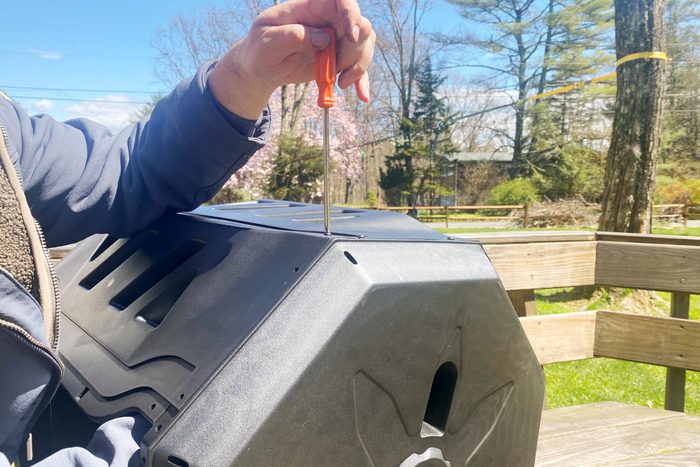
I’ve had a successful compost bin or two going for years, but I couldn’t keep up with the physical demands of regular shovel-mixing — something I wish I knew before starting a composting bin. I was excited to put this top-rated Vivosun compost bin to the test, starting with assembly.
For starters, this composter is more affordable than comparable models because it comes unassembled. While that’s a turnoff for some, it shouldn’t be. Every tool you need is included. Screws, fasteners and even a screwdriver come with, so there’s no fishing around your toolbox for the right items. That alone is a timesaver.
It took me about 25 minutes to unpack the Vivosun, lay out all the components, study the instruction manual and put it together. While one person can certainly do it, it’s ideal to enlist a helper to hold some of the pieces as you fasten them. Once assembled, it turned easily.
I filled mine with a mixture of last season’s dried leaves, green scraps from kitchen countertop compost, old paper goods and some grass cuttings. I placed the large, black plastic bin in a sunny corner of my yard to heat up and work its magic. After all, heat is one of the most important components of making good (and fast) compost, and something I don’t have year-round in my Northern climate.
The thick black bin began heating in minutes. Within two hours, it reached an interior temperature of 90 F, even with outside temperature barely 55 F. The bin doesn’t come with a thermometer, so I added my own to measure how it was heating up. Experienced composters know optimal composting happens at about 135 F, so inching toward this temperature signaled to me the Vivosun compost bin would be a surefire success.
Vivosun Compost Bin Features
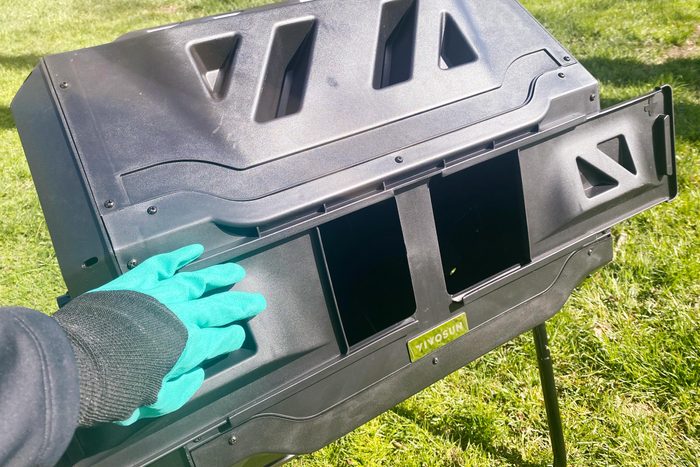
With a 4.5 Amazon rating after more than 5,000 reviews, the Vivosun compost bin appeals for multiple reasons. The big one: Ease of rotation. Rotation is the key to aeration, one of the most important parts of a nutrient-rich compost pile, but it can be tiresome for those lacking upper body strength.
The Vivosun is such a breeze to turn one-handed, even at full capacity of 43 gallons, that my kids helped out with no problem.
Pros
- Rotating design makes it easy for anyone to use;
- Two chambers for on-demand composting;
- Sturdy black plastic exterior quickly heats the inner chambers;
- Easy sliding doors;
- Stands on sturdy metal legs that are corrosion-resistant;
- Includes tools to assemble;
- Includes composting gloves;
- Affordable price.
Cons
- Requires assembly;
- Includes an extra pair of white fabric gloves, but it’s not clear what they’re for.
FAQ
Is the Vivosun compost bin made of BPA-free plastic?
Yes, so you don’t have to worry about BPA (AKA bisphenol A, an industrial chemical) leaching into your compost.
How long does it take each batch of compost to be ready for use?
That depends on your climate and what you put in your bin. Reviewers in Northern states report eight to 12 weeks per batch depending on the season. It’s spring here in chilly upstate New York, and from the looks of my own Vivosun batch, I expect a turnaround time of eight to ten weeks.
How often do you need to turn the Vivosun compost bin?
That’s the beauty of this bin. You can turn it daily or weekly, and it’ll bring you nutrient-rich compost your roses will go wild for. It’s important to turn it frequently, but you don’t have to stress about missing a few days.
Can it be assembled as a single-chamber composter?
It sure can! Just leave the dividing circle out when you’re assembling the composter. But the dividing circle is difficult to insert after assembly, so make that decision before starting.
What Other Reviewers Had to Say
“My 26-year-old son easily put this together in about 30 minutes,” writes verified Amazon purchaser Elyse. “He had no complaint, except for the fact that the nuts and bolts were not in individual bags.
“I first used it to mix up a big batch of my planting mix which consists of manure, compost, and worm castings from my worm bin. The claw finger glove worked great for scooping the mixture out!”
Five-star reviewer and verified purchaser Hooman writes, “I’m very happy with this composter. I stuck it in a sunny spot in the backyard. I gather kitchen scraps in a bin and when it’s full, I bring it outside and pour the scraps in, then I add some leaves from the bottom of my leaf pile. I spin the composter around and the stuff inside breaks down rather quickly.
“It’s fun to see how much softer it gets between my trips to empty the full kitchen scrap bin. There is no odor. I have not added any water. That hasn’t seemed necessary.”
And verified Amazon purchaser Shara writes, “Rather nice design and much higher quality than I expected at the price. Assembly was straightforward. I got more than what I paid for.”
Final Verdict
If you’re a fan of easy composting and dislike shoveling, raking or hand-mixing each week, the Vivosun compost bin is a brilliant buy. It’s also more affordable than competing compost bins that offer less space and far fewer functions. It’s easily one of the best gifts for outdoor lovers and garden enthusiasts because it performs beyond its promise.
Where to Buy the Vivosun Compost Bin
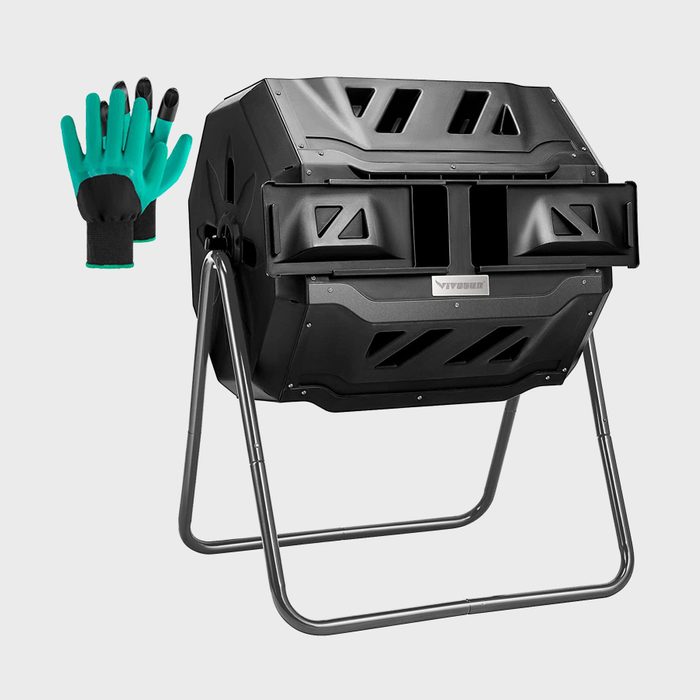
Head to Amazon to buy the Vivosun compost bin for $110. That’s a steal for a large composter with thick, dark plastic panels and dual chambers, and it’s likely to sell out as composting season nears.
Shop Now
Shop smarter with our expert recommendations for tools, gear and money-saving deals on can’t miss DIY and home products. Sign up for the Stuff We Love newsletter.
Article source here:
I Tried Amazon’s Top Rated Outdoor Composter
